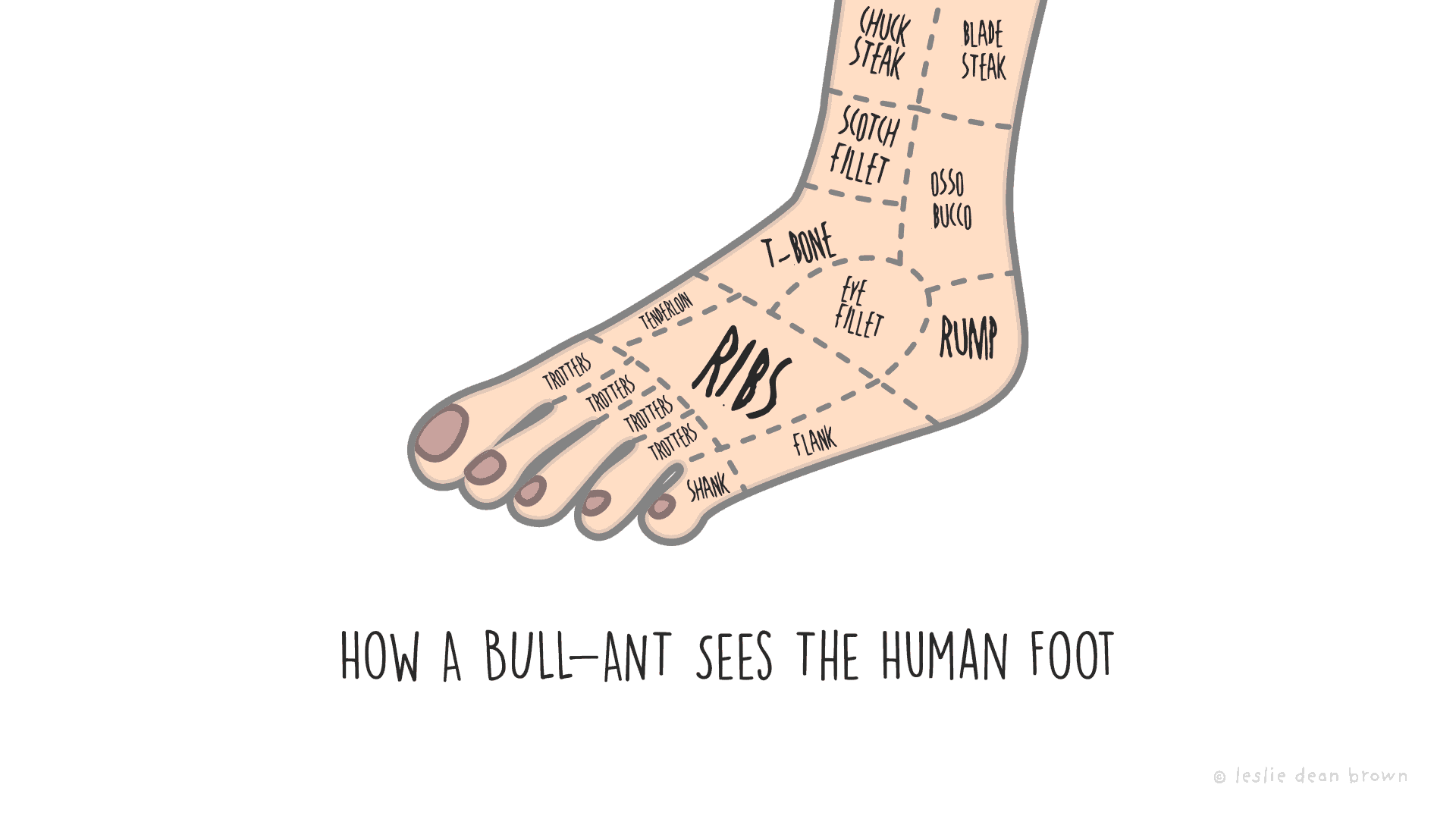Today I’m going to talk about “sensitive dependence on initial conditions”, which is one of the foundations of chaos theory.
Chaos theory. I find it a fascinating subject to talk about, so here goes. Some people (me included!) can be really confused by the mathematics that is involved. So I’m not even going to put up a single formula here. Some people can’t seem to fathom how “the flap of a butterfly’s wings in Brazil can set off a tornado in Texas.”
I’m just going to explain the concept to you. How can I best explain this something called “sensitive dependence on initial conditions”? Easy.
I want you to think of a single marble on top of a mountain peak like the Matterhorn. Imagine if we placed a marble way up there on the very highest point.
Now imagine, too, if an abnormal amount of snow had built up over the previous winter and there is now the possibility of a great big avalanche. And you all know how avalanches are caused, right?
Avalanches are initiated by too much snow that accumulates on the side of a mountain. Even the smallest rock moving can set it off. Even the force of the snow melting in the sun can change the distribution of weight of built up snow on a slope.
We all know that the marble might dislodge a slightly bigger rock on its way down, thus causing an avalanche. So we have a situation where a very small physical event like a marble falling down could potentially generate a much larger event like an avalanche at the bottom of the mountain. Well ‘okay’ you might say.
Now this is just where it becomes interesting. Because the slightest change in the way we placed that single marble down onto the summit might have caused it to fall one way or another. Or the slighest breeze in one direction or the other. Or some small feature on the surface of the rock on which it is placed.
Next, imagine if there was a town of 5000 people located on only one side of the base of the Matterhorn (I don’t think there is, but this is just a simple thought experiment).
Either the avalanche completely avoids the town, or the avalanche destroys the town.
Or maybe the marble just falls to one side and doesn’t create an avalanche. Maybe there is only one way it can fall that will result in an avalanche (or no avalanche).
So now what we are saying is that —at least hypothetically— the fate of 5000 homes lies on the outcome of a single marble.
This is something chaoticians call “sensitive dependence on initial conditions”.
That said, maybe even the slighest imperfection or imbalance in the way that it is made, causing its centre of gravity to be ever so slightly ‘off’ will change the course of history. Or a number of other as yet unknown factors.
Some other examples? I studied materials science so I automatically think about differences in atomic stacking causing bulk changes in mechanical properties of materials.
Or the moon causing tides far away on Earth and (apparently) regulating womens’ periods… these are all inter-related. Now prior to reading all about chaos theory, I used to think that it was scientifically impossible for the moon to affect anything down here on Earth. But it does! Gravity alone is enough to influence the tides. And the presence of tides has caused all sorts of organisms to have evolved.
Or think about evolution for instance. One of the driving forces of evolution are genetic mutations in the DNA chain. These can be directly caused by high-energy cosmic rays pasing through our cell walls and membranes and and hitting the cell nucleus where our DNA molecules are located. So dinosaurs (or people) might not have evolved if not for a single particle beaming down from outer space!
So far all of these examples have involved either a lot of potentially energy or a large interval of time. Ok. Well here’s the thing.
Remember when your teacher told you that whenever you round up or down a repeating number or a surd, like √2, that the ‘remainder’ is ‘insignificant’ when compared to the size of the large overall number? Well, they were wrong. Because those remainders add up. Especially when you are dealing with scientific equations that have factors of 1030 or more in them.
I think we all know that already. It’s just that back in high school, we didn’t want to cause a scene and disrupt the classroom too much. So we ignored our instinct and forgot about it until now.
… and I’m going to leave you all hanging there and continue this at another time…



